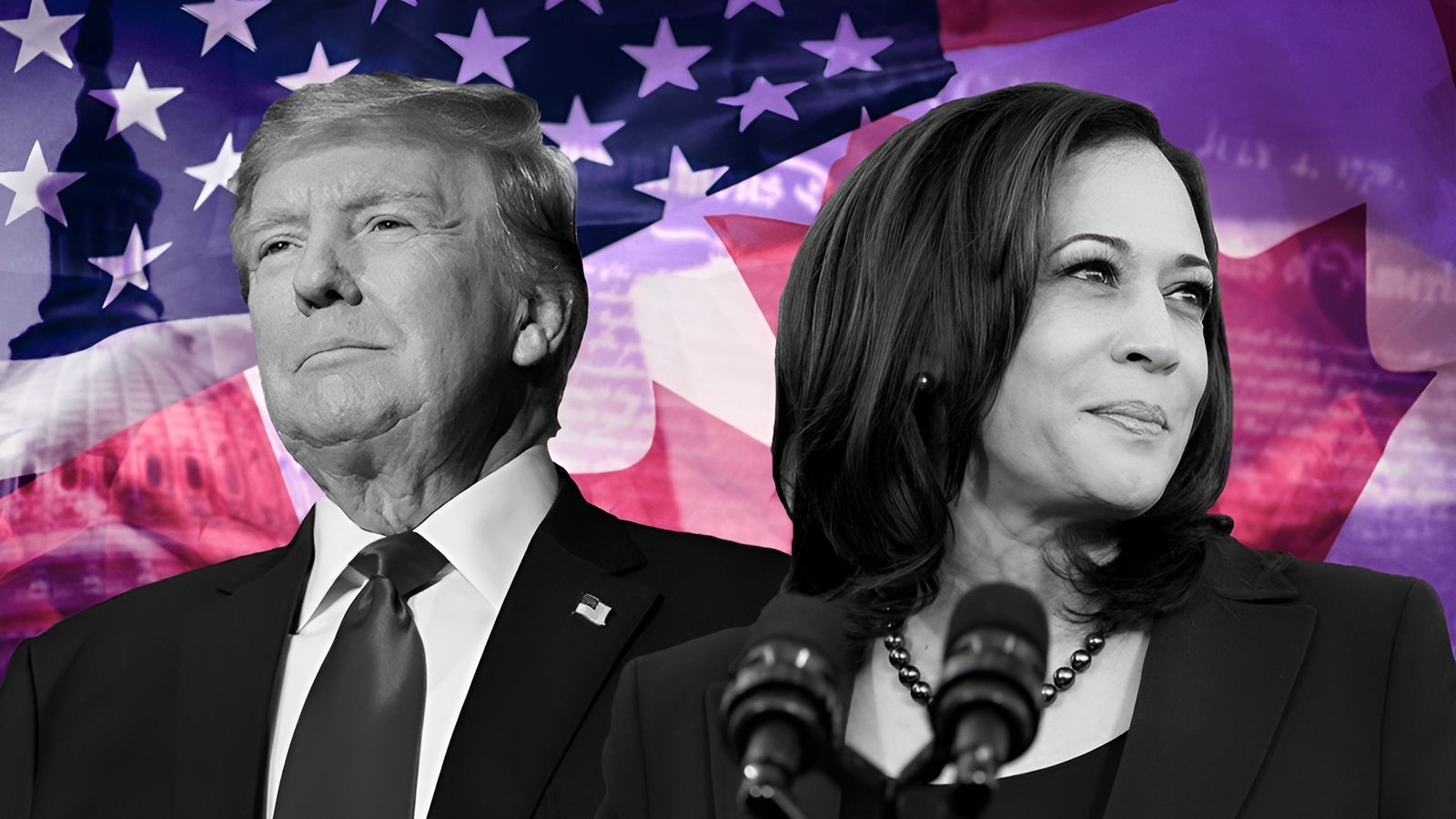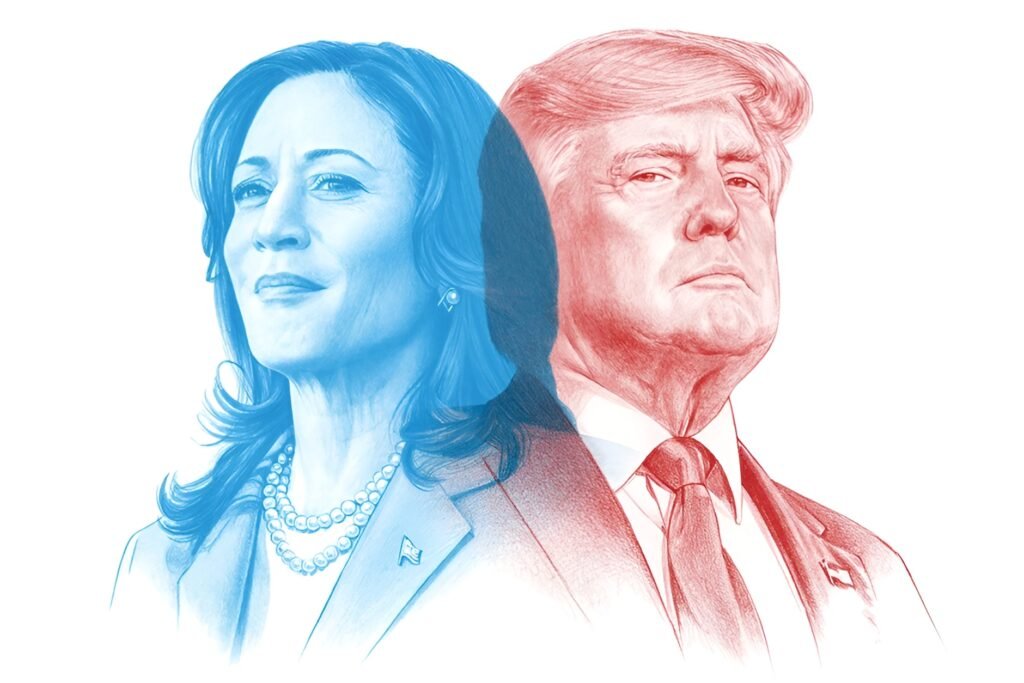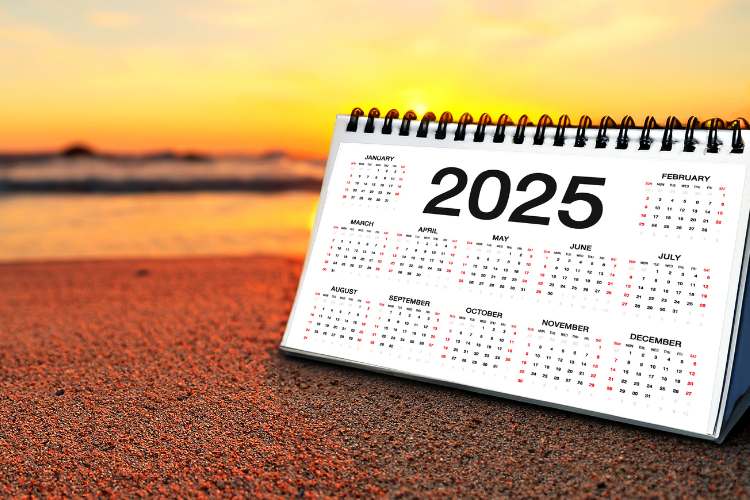
Trump vs Kamala: The final push for presidency 2024
Introduction
The 2024 U.S. presidential race is in its last stretch, with Vice President Kamala Harris and former President Donald Trump campaigning around the country, concentrating their efforts on battleground states such as Pennsylvania (PA), Georgia (GA), and Arizona (AZ). Both sides have been sharpening their campaign strategies as Election Day approaches, playing to each candidate’s strengths and appealing to constituencies that overlap with the other side. Trump has focused on reviving the economy and restoring a hardline immigration regime, while Harris is touting accomplishments achieved under Biden and aims to grow his social justice legacy.
Polls are mixed but show a narrow gap in many key swing states. According to the latest national election, Trump has opened a tiny lead on Harris as recent fluctuations over the past weeks have her about three points behind. Yet the margin is large enough to mimic an outcome unprotected by error uncannily. Polling averages broken down by state polls in recent days show numerous states remain a tossup, where either candidate could technically still win. At this point, it seems that the final decision will depend on voter turnout among key demographics: suburban women, young voters, and minority communities.
The race is on
Trump is doing particularly well this year among Hispanic and African American voters, a big segment of his campaign message. His rhetoric has changed to stress economic opportunities and against crime, which especially resonates with some parts of the Hispanic community. On the other hand, Kamala Harris is running with her record as VP thus far and her escapades in social justice issues — all of that which resonates more or less depending on whether a voter values friend controlling Roe v. Wade over a breathing mother at your door to tell you how much time we have left before climate change shreds our planet into great fiery curtains!

Each campaign heads into the final stretch before Election Day locked in a high stakes struggle for swing states that could serve as an Electoral College tipping point. Harris is spending a lot of time in states like Michigan and Wisconsin, hoping to drive turnout among the Democratic faithful. Earlier, Obama acknowledged that the Democrat candidate needs to concentrate largely on making up lost ground in swing states such as Pennsylvania or Georgia, both vital for the path back to the White House.
It makes the race all that more complex, given our complicated Electoral College system. A candidate needs 270 electoral votes to win, and with narrow margins in several states, a tie of 269-269 is not out of the question. Such a scenario would be taken up to the House of Representatives, where they vote by state delegation on who is President next. It has made the final stretch of each campaign even more urgent to secure every actual vote.
The first votes of the 2024 election cycle have been tallied in early voting and absentee ballots, with voter participation elevated as well. Neither campaign is planning a traditional, old-fashioned Election Day ground game. However, both are pushing supporters to vote early. Trump stresses the importance of “finding” his voters on what was once considered advanced and knowing where they will be by election time. In contrast, Harris has been outspoken regarding the need for mail-in voting and to make certain that every vote cast is counted — particularly if litigation should arise over whether ballots are valid in a handful of states.
The other major variable in the endgame has been endorsements and rallies. Throughout August, Trump has participated in his unique large-scale rallies all over the country with a counter-narrative to what Obama and Biden have. His is “Make America Great Again,” speaking about lawlessness, economic rejuvenation, and reducing government regulation.
In contrast, Harris has opted for a different strategy to prioritize town halls and roundtable discussions that keep the focus on connecting directly with voters face-to-face. It has also been endorsed by former president Barack Obama and a raft of big-name celebrities, marking her out as a candidate who can excite younger voters.
Both campaigns have been significantly shaped by social media. We have Trump ruling on X and Truth Social, pumping out his own message to a large audience outside the swamp of traditional media. Instead, Harris has targeted voters on Instagram and TikTok in hopes of reaching out to younger audiences that often need to be more connected to political messages. Diverging digital strategies of both campaigns have become apparent in the lead-up to these conventions, with Trump’s edgy, raw language projected against Harris’ smoother and more universal appeal.

Concerns continued to dominate the list of most important issues to voters in deciding how they voted. Many voters who are feeling the pinch of inflation will gravitate to Trump’s focus on reducing it and his vow for tax cuts. He slammed the Biden-Harris administration for how it has governed the economy, saying that his policies should be restored if Americans want to have stability and growth.
Harris, meanwhile, has pushed back by touting actions that the administration has taken — such as investments in infrastructure and green energy, expanded coverage under Obamacare, and work to safeguard reproductive rights. Indeed, along with the topic of economic management in this election, there is a throughline that has come to define so much between these two candidates: From Obama unveiling what would later become stimulus packages before HRC’s candidacy officially ended!
Trump has also made clear that immigration would be another centerpiece of his agenda, with more enforcement at the border and deportation raids as national security measures to insulate American workers from foreign competition. At the same time, Harris has called for a more sweeping immigration bill, one that would provide a pathway to citizenship for undocumented immigrants, and which frames the issue as about changing laws, not enforcing them. It has underscored the deeper ideological chasm between each man on immigration, with voters expected to choose one of two martinets in policing illegal border crossers.

With the campaign entering its final days, both candidates are airing a blitz of commercials in key states and flooding social media with digital messages targeting any remaining undecided voters. Trump quickly mocked her as a failed candidate and tax-lover, proffering the observation in his campaign ads because Harris’s record supported it, which branded Kamala “out of touch with mainstream America.” At the same time, Harris kept hitting unity progress and returning to normalcy after Trump. The messaging has been tuned to different demographics in various states, and both campaigns have poured considerable resources into the swing state contests that are indispensable for each side.
With the hours left ticking toward Election Day, which looms, No one knows exactly how this will play out. Those in the campaigns are also particularly skeptical of personal forecasts after polling errors have led to two consecutive election upsets, most famously in 2016 and again last year. The Harris campaign is working to turn out the vote in cities that are essential for high Democratic turnout. At the same time, Trump’s bid focuses on rural areas and new communities of voters who decided his performance against these groups was not as significant as previous elections.
With the country more divided than ever and so much on the line, the presidential election is already expected to be among the most significant of our lifetimes. Whether that is Kamala Harris making history as the first female President or Donald Trump enabling for another four years, it will be a battle of two distinct views about what America represents — and both candidates are throwing everything they have to make sure we end up going their way.
For further updates visit Dailyforesight



